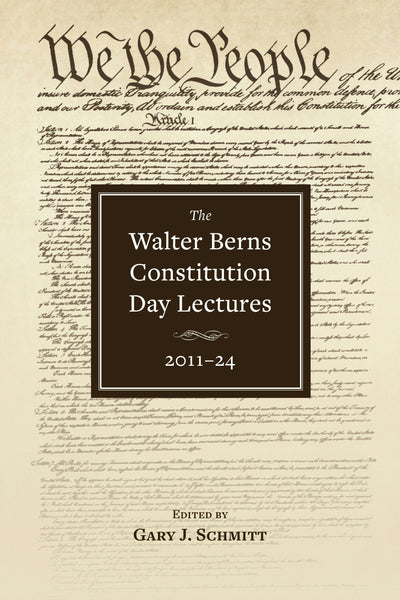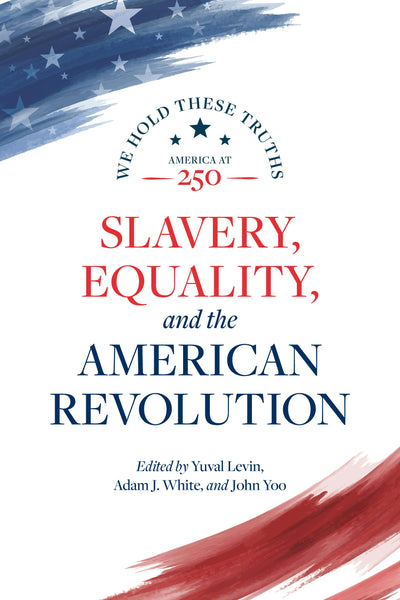You may also like
The Walter Berns Constitution Day Lectures: 2011–24
Regular price $18.00 Save $-18.00
America's Human Arithmetic
Regular price $19.99 Save $-19.99In this landmark volume, Nicholas Eberstadt answers that pressing question. Drawing on decades of extraordinary scholarship, he lays out the nation’s “human arithmetic” in demographic, social, and economic terms.
He demonstrates that 21st-century America, for all its marvels and blessings, is nonetheless beset by a “New Misery”: the practical and moral dilemmas of wealth in the absence of well-being. New social afflictions hide in plain sight—among them the astonishing flight of millions of men from the workforce and the surge in criminality, with over 20 million former felons living in our midst.
In America’s Human Arithmetic, Eberstadt offers a compelling and frightening diagnosis of modern social dysfunction. He shows that the United States’ best years may yet be to come—but not if Americans are unwilling to face the challenges their human arithmetic lays bare.

Affording Defense
Regular price $18.00 Save $-18.00
Slavery, Equality, and the American Revolution
Regular price $18.00 Save $-18.00In the fifth volume of this series, legal scholars and political scientists discuss how the American Revolution both perpetuated slavery and created the conditions for its abolition. While hundreds of thousands of African Americans remained enslaved at the end of the Revolutionary War, the Declaration of Independence’s assertion of human equality galvanized slavery’s opponents and laid the groundwork for increasingly egalitarian definitions of American citizenship.
Considering how the Declaration shaped antislavery thinkers and politicians such as Frederick Douglass and Abraham Lincoln and informed the 14th Amendment demonstrates how the American Revolution enabled a “new birth of freedom” in the 19th century.

The Unheavenly City Revisited
Regular price $14.95 Save $-14.95Big cities so often appear to have terrible problems, and Americans have a long history of convincing themselves that urban areas are in crises and that the federal government must do something to improve matters.
Edward C. Banfield argues the conventional wisdom is
incorrect. In The Unheavenly City Revisited, he presents rigorous
analyses showing that “by any conceivable measure of material welfare the
present generation of urban Americans is, on the whole, better off than any
other large group of people has ever been anywhere.” He furthermore argues that
there is little evidence that the billions of dollars of government spending is
improving matters. Indeed, well-intended government actions have proved harmful
in some instances.
The Unheavenly City Revisited cautions policymakers that their biases may affect their perceptions of America’s metropolitan areas. Improving the lives of people in cities through government action is an exceedingly complex enterprise. Government officials and citizens alike must be realists about what government action can achieve.

Natural Rights, the Common Good, and the American Revolution
Regular price $18.00 Save $-18.00The American Enterprise Institute offers a major
intellectual and educational project to reintroduce Americans to the unique
value of their national inheritance. In the fourth volume of this series, legal
scholars and political scientists examine the many ways in which the founding
generation understood the “unalienable rights” immortalized by the Declaration
of Independence.
Although the Declaration described the right to life, liberty,
and the pursuit of happiness as a “self-evident” truth, this characterization
belied the Revolutionary era’s complex discourse on the origins of political
rights and their role in sustaining a political community.
Delving into these debates reveals how the
American Revolution encoded a productive tension between individual rights and
communal responsibilities at the nation’s founding.







